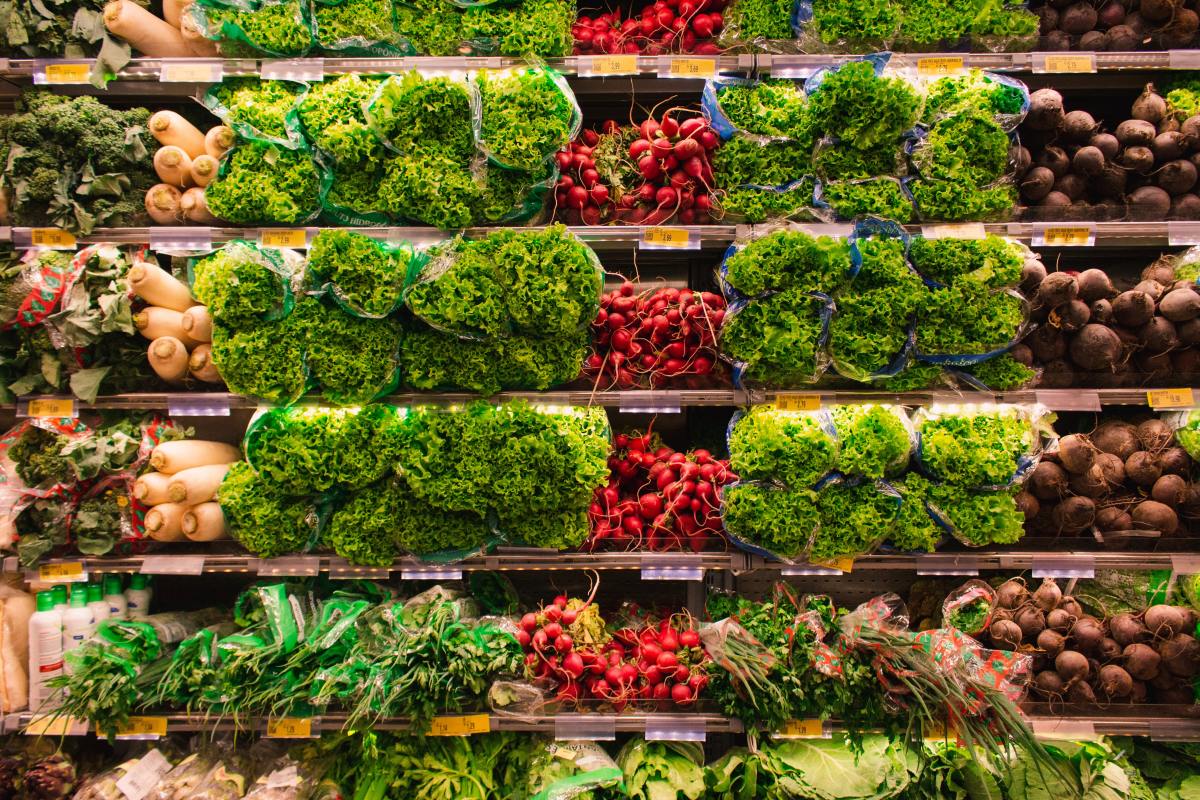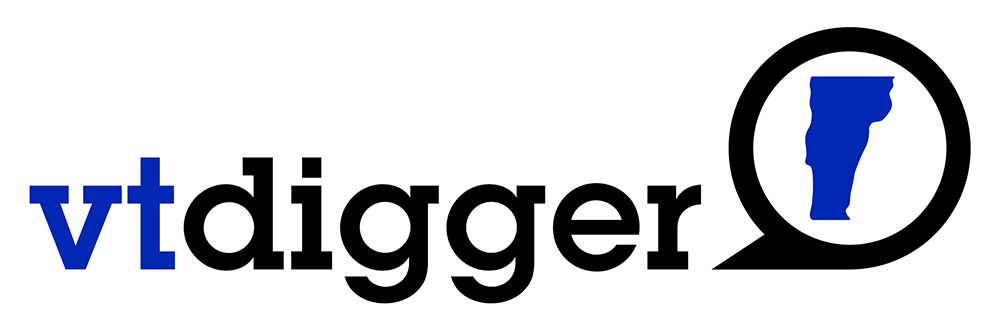
The SNAP-Ed program — which focuses on nutrition education and overall wellness for people on food stamps — will end Sept. 30, cutting off hundreds of thousands of dollars in annual grants that supported programming across all Vermont counties, including recipe demonstrations, meal kits and active-living guides.
The program’s elimination was part of President Donald Trump’s sweeping budget adjustments that passed on July 4 in the One Big Beautiful Bill Act. As the state’s food assistance network finds its way through a new landscape of shortfalls, officials worry more residents will fall through the cracks.
SNAP-Ed is an extension of the U.S. Department of Agriculture’s Supplemental Nutrition Assistance Program, which has experienced a number of cuts across the board. Instead of providing funds for individuals to purchase food, SNAP-Ed’s much smaller grants focus on community education and initiatives to improve eligible households’ engagement with 3SquaresVT — Vermont’s name for the larger body of resources under SNAP.
“Just providing food for people is not the whole answer to food security,” said Suzanne Kelly, who was the SNAP-Ed coordinator at the Vermont Department of Health for a decade until last month. Her former position, and another related role, will soon be discontinued.
“SNAP-Ed is sort of that extra bit of information to really make sure that people can access the food, can use the food, and can enjoy it over time,” Kelly said.
The program is deeply focused on health outcomes, she said, including prevention of chronic conditions and disease, and promoting wellness through nutrition and exercise.
Kelly is concerned about the immediate impact on Vermonters.
“These are decisions that trickle down to the most vulnerable people in our communities,” she said.
Kelly referenced a SNAP-Ed needs assessment earlier this year that identified certain populations in the state with a disproportionately high need for food assistance, including rural Vermonters and people with disabilities. Outreach programs that meet people where they are geographically will be an especially big loss, Kelly said.
The end of SNAP-Ed has already had tangible effects in recent weeks, causing the imminent shutdown of a food pantry in Holland and contributing to the Vermont Foodbank’s recent staff cuts. Of the seven employees the food bank let go, three were specifically operating SNAP-Ed programs, according to Chris Meehan, the company’s chief impact officer.
Vermont residents received over $147 million in SNAP aid last year. The projected allocation for Vermont’s SNAP-Ed budget in 2026, which the Department of Health received May 30, was less than half a million. Five weeks later, Kelly learned that the program was canceled.
‘We’ll have to be really creative’
Meehan said the SNAP-Ed cuts will effectively end the Vermont Foodbank’s VTFresh program, which has reached every county in the state with initiatives to increase access and understanding around nutrition. The program provided a space for people to exchange knowledge about cooking, recipes and budgeting, and was often particularly useful for families, she said.
While the food bank employees who ran the initiative are no longer with the organization, the program’s existing resources will remain on the Vermont Foodbank website. VTFresh’s continuing presence, Meehan said, will be “more passive than active.”
Meehan is grateful for the infrastructure that VTFresh has left behind — it has been “transformational” for the food assistance network in the state, she said.
Denise Walton, a Concord resident who is a lead volunteer at Sid’s Pantry in town, said VTFresh recipe materials had been invaluable in allowing her community to make better use of fresh foods. It’s common, she said, for people to ask questions about how to prepare food as they’re taking it.
“I think people want to cook,” said Walton, who herself is on food stamps. “They may not have learned, or been taught, or had the time.”
Walton said she would keep trying to provide resources to help people fully use the food they’re receiving — but that it will be more challenging going forward.
“We’ll have to be really creative,” Walton said.
Vermont Foodbank’s situation is par for the course statewide at smaller food assistance providers.
The Vermont Garden Network will lose its dedicated nutrition educator, according to executive director T Hanson, one of only five staff at the organization. Come Alive Outside, a nonprofit which used SNAP-Ed funds to reach thousands of school-age kids in Rutland County with tips on how to stay active, has told its staff it may not have sufficient funds to pay everyone in six months, according to Executive Director Arwen Turner.
Meanwhile, in Burlington, the People’s Farmstand will continue as a purely volunteer effort, according to founding Director Nour El-Naboulsi. There hadn’t been salaried roles, he clarified, but they had previously been able to offer staff — primarily farmers — a stipend for their time. The organization offers free fresh produce (both self-grown and donated) at weekly open events but has also been conducting educational outreach through its Veggie of the Month program.
El-Naboulsi said the initiative features a combination of staple Vermont crops and “culturally relevant produce — things from Nepal, Somalia, Iraq (and) other places in the Middle East and East Africa.” The organization serves a relatively large proportion of immigrant and refugee populations, he said, and the program is designed to combine familiar food with information about how to prepare local produce.
With the loss of SNAP-Ed funding to the People’s Farmstand and sister organization Village Hydroponics, El-Naboulsi said he has had to reprioritize.
“We kind of lose the capacity to do supplementary education, recipe preparation, outreach,” he said.
‘A great return on investment’
Keith Robinson, a pediatric pulmonologist at UVM Children’s Hospital, emphasized a connection between SNAP-Ed and health outcomes for families. He’s the hospital’s vice chair for Quality Improvement and Population Health and built the provider’s screening platform for food insecurity.
“We are trying to go deeper and further upstream to make sure that we’re solving the root causes of food insecurity in Vermont,” Robinson said.
For him, nutrition education has been a big part of that work — that’s why the end of SNAP-Ed is such a blow, despite the small scale of previous funding.
“It’s gonna make communities potentially less healthy, and it’s also gonna create gaps in the systems that we need to have around families,” he said. “While the dollar value may not be great, the impact of those dollars is extraordinary.”
Robinson referenced a state report on SNAP-Ed last year, calling survey data that indicated diet and exercise changes for participants “a big deal.” Roughly a third of people who received direct nutrition education reported they ate more fruits and vegetables each day, and 20% said they exercised more, according to the report.
“That’s a great return on investment,” Robinson said.
Modifications and cuts to the SNAP program at large have been made in the name of eliminating “waste, fraud, and abuse” — a narrative that Kelly disputed.
“The strategies that are used (in SNAP-Ed) have shown outcomes — real outcomes,” she said.
A page addressing cost concerns on the USDA website references studies showing that for every dollar spent on SNAP-Ed and similar programs, 10 times that can be saved in future health care costs. The total nationwide cost of the program would have been $550 million in the 2026 fiscal year.
“It’s probably not the best idea to be cutting programs that are going to eventually help reduce costs way further down the line,” Kelly said.
The U.S. Department of Agriculture did not respond to requests for comment.
A document briefly detailing SNAP overhaul from the U.S. House Committee on Agriculture called SNAP-Ed a program that has wrought “no meaningful change” for its target population. The committee cited a 2019 report from the Government Accountability Office that appears to primarily conclude that the effectiveness of the program is difficult to properly evaluate due to uneven standards of reporting from state agencies and a lack of coordination at the federal level.
“When federal benefits get cut like this, we need to think about how to bolster connections in our community, and think differently about how to fill those gaps,” Robinson said.
Jeanne Montross, executive director of Helping Overcome Poverty’s Effects, or HOPE, in Middlebury, said her organization has been seeing the effects of staff and program cuts elsewhere in the state’s assistance networks. Montross’ nonprofit is primarily funded by private contributions.
“It always ends up flowing down to HOPE,” she said of increased need in her local community.
Anore Horton, executive director at Hunger Free Vermont, said the state’s food assistance network “cannot in any way mitigate the loss of all of these different sources of funding.”
Any solution to a problem of this scale must be “collective,” Horton said, but must also involve significant new assistance from the state government. But in a situation this urgent, Horton said it wouldn’t necessarily make sense for the state to replace nutrition education funding.
Walton said Sid’s Pantry has also been increasingly relying on community support and donations.
“We’re very fortunate to have a little buffering like that,” she said, “especially for an aging community that needs healthy food and needs access to things out in the rural areas.”

